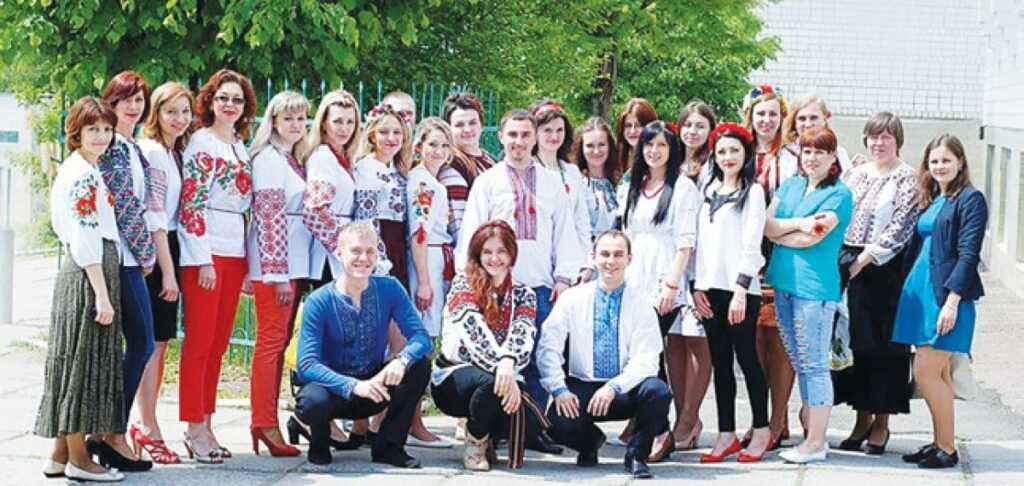
Приходити першим, а йти останнім
Діагноз «раптова смерть на робочому місці», японською «каросі», косить ряди маніакальних трудоголіків – японців. Її жертвою впав навіть прем’єр-міністр Японії Кейдзо Обуті, який три роки поспіль відорав по 12 годин на добу без відпустки.
У японській офісній культурі прийнято приходити на роботу раніше за належний час, а йти о 18:00 прирівнюються ледь не до порушення трудової дисципліни. Результат: перевтома та позаплановий «відпочинок» на цвинтарі. Звичайно, це крайній випадок, але навіть якщо людина пашить здоров’ям і здатна цілодобово сидіти перед монітором, це ще не показник високого ККД.
Загалом у кожного свій ритм роботи і своя максимальна швидкість її виконання. Є люди, які краще справляються із завданнями, коли на горизонті маячить дедлайн. Декілька років тому міжнародна консалтингова компанія PricewaterhouseCoopers (PwC) провела цікаве дослідження продуктивності людей у різних країнах. Найефективнішими виявилися французи, відомі своїм сибаритством, двогодинними обідами та лінощами, про які складають анекдоти. В чому секрет? Залишаючи собі менше часу на роботу, вони навчилися концентруватися на завданні і справлятися з ним швидко та результативно. Висновок: головне – не час, а самоорганізація та свідомість.
Раз на п’ять років потрібно міняти насиджене місце
Цей міф вигадали західні кадровики, а наші активно підтримали. Хороші фахівці завжди у дефіциті. Після п’яти років роботи співробітник набуває особливої цінності і починає приносити компанії максимальну віддачу. Підходящий момент, щоб підбити його змінити місце роботи та стати товаром для кадрових агентств. Так, рутина вбиває професіоналізм, а нове середовище відкриває у нас його нові грані. Але для цього необов’язково кожні п’ять років звільнятися. Можна змінювати не роботу, а підходи до неї, тактику, стратегію, рухатися всередині компанії кар’єрними сходами і проявляти себе в новому амплуа. Навіть зміни робочому місці привносять у робочі будні елемент новизни.
Кар’єру потрібно робити всім
Ця помилка заснована на загальноприйнятій моделі успіху, який обчислюється кількістю грошей на особистому рахунку та статусом посади. Рух вгору службовими сходами стає сенсом життя для особистостей із загостреним інстинктом влади. Домінування, контроль усіх і вся – їхнє джерело енергії. І заради доступу до нього вони готові крокувати трупами. Але таких особистостей серед нас не так багато.
Соціологічні дослідження виявили, що лише 20% людей прагнуть керівних постів. Для 80% посада начальника неактуальна з різних причин. Комусь психологічно зручно у ролі провідних, ніж провідних. І рівень внутрішньої тривоги, що виникає від думки про велику відповідальність, не знижує навіть перспектива високої зарплати.
Є люди, які відмінно реалізують свій потенціал на посаді і цілком задоволені. Наприклад, журналіст бачить свою місію у написанні гострих публікацій, йому не до душі роль адміністратора, адже тоді доведеться менше займатися творчістю.
Стовідсоткові антикар’єристи – дауншифтери, люди, які свідомо відмовилися від високих посад на користь вільного часу та спокійного життя.
Якщо ти не рухаєшся вгору, значить падаєш униз
Крім векторів “вгору” і “вниз”, є ще напрямки “вглиб” і “вшир”.
Існує три формати професійного просування людини. Вертикальний – коли фахівець займає у своїй галузі вищі посади. Горизонтальна кар’єра побудована на освоєнні нової області у своїй професії, підвищенні кваліфікації.
Є ще змішаний тип службового зростання, популярний сьогодні у великих корпораціях. Перш ніж підвищити співробітника, йому пропонують попрацювати в інших підрозділах (по горизонталі), краще досліджувати контекст, навчитися ставити себе на чуже місце. Людина вчиться адекватно реагувати на виклики, взаємодіяти у конфлікті, збільшує емоційний інтелект. І якщо він має бажання підвищити свій професійний рівень, воно неодмінно виштовхне його на нову вершину кар’єри.
Щоб досягти успіху, потрібно багато і важко працювати
Цей міф досі популярний серед старшого покоління. Адже в недалекому минулому звання, почесті та керівні посади люди отримували практично одночасно з виходом на пенсію.
Сьогодні життя прискорилося, час ущільнився, змінилися самі підходи до роботи: замінивши «багато і важко» на «розумно та із задоволенням», до бажаного результату можна дійти задовго до пенсійного віку. Однак завдання не повинно бути надмірно складним – так вважає Шон Екор, професор психології Гарвардського університету, консультант з корпоративних стратегій.
Занадто високі цілі паралізують розумові ресурси мозку, він реагує на них як на небезпеку чи загрозу. А ось розбивка грандіозних цілей на невеликі та досяжні знімає стан страху та заціпеніння, завдання вирішуються легко та з радістю.
Професія одна на все життя
Далеко не кожному випускнику середньої школи вдається потрапити в крапку з вибором майбутньої професії: «хочу» теоретично часто не збігається з «люблю» на практиці. Це одна з причин, через яку люди йдуть до вишу за другою, третьою освітою.
За статистикою щонайменше 30 тис. українців щороку отримують другий диплом, причому 55% з них кардинально змінюють колишню спеціальність. Адже наше швидкісне життя регулярно ховає та народжує нові професії. Ну, хто міг подумати якихось 15–20 років тому, що креслярів, стенографісток, лінотипістів, друкарських машиністок можна буде побачити хіба що в кіно? Без самоосвіти, здатності переучуватися, нових навичок та вмінь за змінами не встигнути.
Офіс – найкраще місце для роботи
Насправді краще працює там, де можна максимально зосередитися. І не важливо, що це – берег річки, кафе, квартира чи офіс. Сучасні засоби комунікації дозволяють налагодити виробничий процес хоч на дереві в гамаку: співробітники можуть спілкуватися за допомогою відеоконференцзв’язку, онлайн-комунікаторів, проводити на відстані презентації та мозкові штурми.



